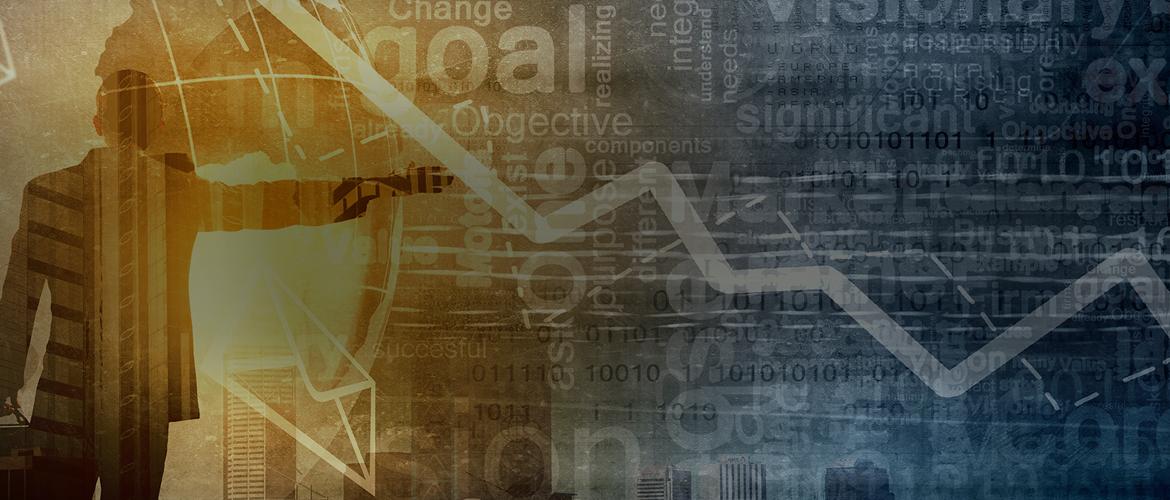The concept of data analytics has quickly gained prominence as one of the most important elements for a retail industry in 2017 since it allows them to carefully store, collect and analyse data efficiently in order to accurately calculate things like buyer personas and product effectiveness – among other things. For a company involved in the retail industry, it is imperative that the organisation is actively following the current trends involved in big data and retail analytics that can help in predicting these useful elements and boost the overall effectiveness of the product being sold. Keeping this in mind, here are the top big data and retail analytics trends of 2017.
1. Facilitating automation across all levels: It's simply not feasible for an organisation to devote its time and resources to collect and organise the sheer volume of data that is collected over time in the retail industry – after all, it’s called big data for a reason. In order to make the collection and processing of data easier, it’s highly recommended to facilitate automation across all levels in your retail business – both in retail analytics and otherwise.
2. Utilisation of IoT technology to ease the process of retail analytics: We’ve already talked about how important automation is in order to collect and analyse big data without any hassle. Using an IoT platform to initiate retail analytics as smoothly as possible is one of the most effective ways to collect data on a common platform and prepare it for future use.
3. Streamlining of manageability and analytics: Collecting all the relevant big data involved in your retail business on one common IoT platform, and streamlining it accordingly to process all the relevant quantifiable data is highly recommended to improve the process of retail analytics in your business. This can help in improving the manageability of your retail business through the innovative application of this technology, and also reduce the downtime when it comes to implementing certain changes whenever required in your organisation and business structure.
4. Forming accurate buyer personas by analysing data: By collecting all this big data and filtering it to only analyse the data that’s relevant for your organisation through retail analytics, you can accurately form the buyer personas of potential customers in different demographics, and figure out the best way to market your product effectively to each group without alienating other potential customers as well.
5. Security improvements at all levels: One must keep in mind that storing big data on a common IoT platform for the purpose of retail analytics poses a ton of security risks. In order to prevent any possible cyber-attacks that can potentially put the identities and data of several customers at risk, one needs to set up a strong internet security system that can withstand such debilitating attacks.












No Comments